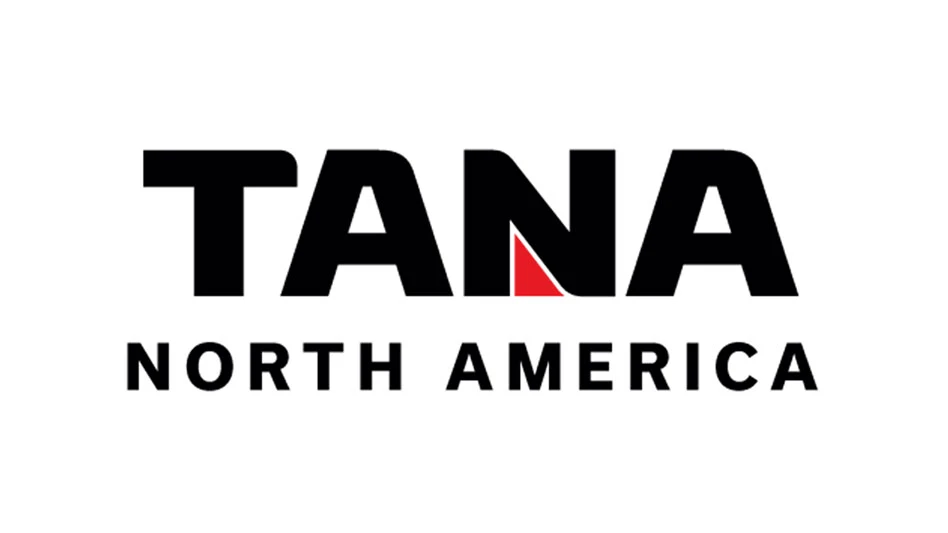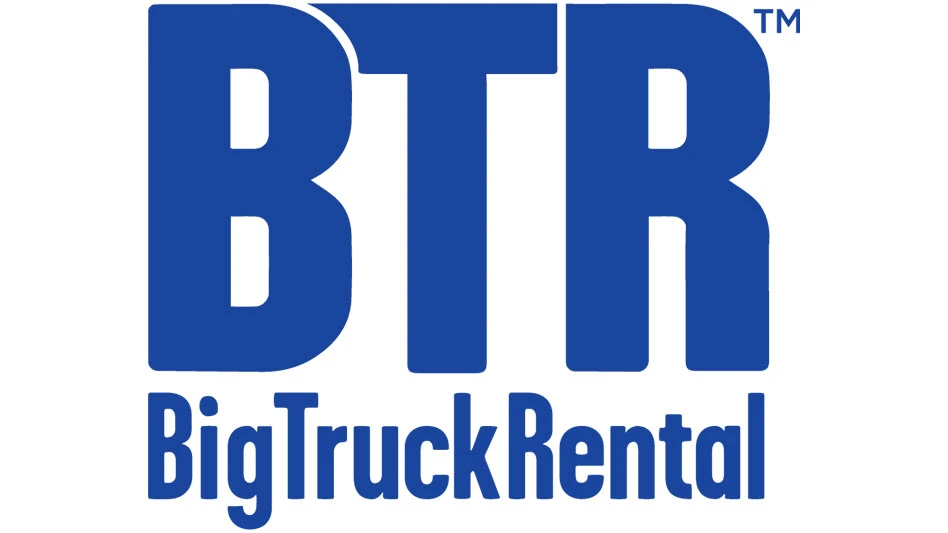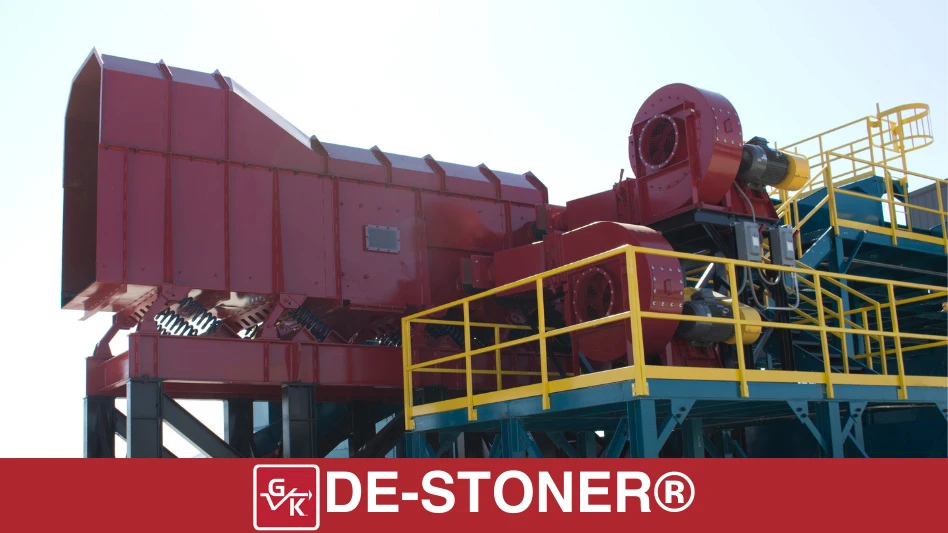With the booming state of the U.S. economy, record high scrap prices, and a steadily growing number of Brownfield projects to be completed, is it any surprise that the American demolition industry is prospering?
Key to the success of the industry is the vertical integration of demolition companies as they merge related businesses that present profitable new opportunities. Take the example of the association’s current president, Dave Loewendick.
S. G. Loewendick & Sons, headquartered in Grove City, Ohio, was once a "pure" demolition contracting firm. Today, the company has expanded to include landfill operations and trucking, in addition to demolition. This kind of vertical integration of services to satisfy a common need has become the rule rather than the exception for most of the companies involved in the demolition process. It is more common today than ever to see a demolition firm that is also quite often active in areas like equipment sales or rental, rigging, hauling and machine removal.
$4 BILLION AND COUNTING
This vertical integration is one reason why the leading association for the demolition industry—formerly called the National Association of Demolition Contractors—changed its name to the National Demolition Association.
Among the many forces that are impacting the growth of the demolition debris recycling industry:
The new name more accurately reflects the changing dynamics of the $4 billion demolition industry today. By removing the word "contractor" from the name, the association has become more inclusive and less exclusionary. This recognizes the fact that demolition contractors perform a key, but not an exclusive role, in the overall demolition process.
The Make-Up
A look at the National Demolition Association shows an organization that has grown from 60 companies in 1972 to one representing nearly 1,000 companies in the U.S. and Canada that are involved in the demolition process. The standard for membership is that a company is regularly and actively engaged in the business of demolition to qualify. This opens membership to potentially include general contractors, civil engineering firms, landfill operators and recyclers, among others.
Currently, the association represents the interests of approximately 60 percent of all of the companies, both large and small, that are involved primarily in demolition. Membership also accounts for close to 85 percent of the gross sales of the industry, since nearly all of the top-grossing demolition companies are association members.
How has the demolition industry become so vertically integrated? The related demands created by tough government environmental regulations have required demolition firms to become experts in many aspect of environmental remediation, for example. This in turn has qualified many firms for brownfield property cleanup.
Landfill operators have found it lucrative to move into demolition, and vice versa. Many demolition firms also offer general contracting services, while many general contractors routinely do some of their own interior demolition work. And of interest to the C&D recycling industry is that more stringent recycling standards have encouraged companies to expand to handle recycling and salvaging operations themselves.
INCENTIVES GROWING RECYCLING
Some developments in the recycling industry help illustrate why more attention is being paid by those involved in the demolition process to get involved in recycling. In Sonoma County, Calif., for instance, contractors bringing incoming loads of C&D materials must now subject them to inspection. The loads could be possibly turned away unless they have already been sorted out for recyclables. Those who do not comply must pay a 25 percent surcharge to drop off the material and let the county handle the resorting.
In Ohio, the governor has proposed a significant increase in a mandatory state landfill fee from $2 to $4.75 per ton. The state fee is an addition to the fee charged by the landfill operator, an average of $28 per ton in Ohio.
And in Illinois, Chicago contractors are now required to recycle 25 percent of all C&D debris generated in the city, with the number jumping to 50 percent during 2007. Chicago defines C&D debris as "non-hazardous, non-contaminated solid waste resulting from construction, renovation, and demolition projects."
Finally, the City of Portland, Ore., requires a 75 percent recycling rate on all construction and demolition projects exceeding $50,000. More specifically, all land-clearing debris, corrugated cardboard, metals, concrete, and asphalt must be recycled within the Metro Portland area. A $35 per ton tax is imposed on all landfilled debris in addition to the $22 per ton tipping fee. Waste Management has opened a Portland MRF to achieve the 75 percent diversion requirements placed on their C&D drop box service.
With incentives like these, it’s no wonder that demolition debris recycling among those businesspeople involved in the demolition process is becoming a rapidly growing industry in North America. A number of forces are stimulating this growth. These include: the above-mentioned rising costs of landfilling waste; stringent new government regulations; tax credits awarded to those who divert materials from landfills; the availability of effective mobile crushing, screening, and recycling equipment; and a steadily growing concern for the environment.
Other factors are a growth in government projects that are generating C&D debris, and the high level of new construction occurring nationally. From the perspective of those involved primarily in the demolition process, much of the new construction is preceded by the demolition of older structures, which of course, generates demolition debris. And finally, the excellent after-market value of many recycled materials, like steel and lumber, is another big motivation for sorting and processing recyclables.
SUBTRACTING DEMOLITION FROM CONSTRUCTION
The National Demolition Association recently commissioned a detailed evaluation of the amount of demolition material generated annually by the "traditional" demolition industry in the United States.
To date, virtually all measurements of waste lump construction debris in with demolition debris. The National Demolition Association saw a need to isolate the demolition material from construction debris for the purpose of working on future national legislation that will affect the demolition industry.
The evaluation, completed by the solid waste management consulting firm of Gershman, Brickner & Bratton Inc., concluded that more than 115 million tons per years of demolition materials are handled across the U.S. through traditional demolition services. The demolition industry, it was found, reuses or recycles an estimated 73 percent of that overall material.
Officers of the National Demolition Association have presented the findings to senior EPA staffers. The figures do not include highway and bridge projects that typical general contractors may handle as part of their work. According to Michael Dunn of the EPA, the survey was very helpful and will be part of the EPA 2006-2011 national policy.
Recycling among those in the demolition business is not unusual because of both the financial and environmental advantages accrued. Some contractors routinely achieve recycling rates of from 80 to 90 percent. Still, the National Demolition Association wants to see a substantial growth in the average 40 percent rate. It has called upon the EPA to take the critical step of developing a national C&D recycling policy.
The National Demolition Association has identified 14 major constituents of a structure under demolition that can be recycled. This list includes carpet, drywall, glass, ceiling tiles, wood, asphalt roofing shingles, brick, metal and other constituents. Realistically, there are four—concrete, metal, high-quality lumber and wood—that have the best market value.
Other items with a decent end market include asphalt, brick and architectural features such as doors, windows, and plumbing and electrical fixtures. The relatively low value of the other constituents can deter contractors from recycling.
Drywall can be recycled, and is recycled regularly in Europe, but a number of issues involving things such as the age of the drywall (older drywall may contain asbestos) and whether it was painted (older drywall, again, may be painted with lead paint) make its common use unfeasible at this time. With a national C&D recycling policy, the association believes that new recycling technology will be developed to handle materials that are landfilled at this time.
The bottom line from the perspective of the National Demolition Association is that recycling demolition debris just makes sense, both financially and environmentally, and should be encouraged wholeheartedly. It is here to stay and will undoubtedly grow and become more sophisticated as the government and industry together put their full weight of support behind it. C&DR
The author is executive director of the National Demolition Association, which represents the interests of nearly 1,000 companies involved in the demolition process in the U.S. and Canada. More information on the organization can be found at www.demolitionassociation.com or by calling

Explore the April 2007 Issue
Check out more from this issue and find your next story to read.
Latest from Construction & Demolition Recycling
- C&D World session preview: Key strategies for effective fleet maintenance
- Rotochopper hosts equipment owners at annual training program
- EAF mill underway in California
- On the move
- Viably teams with Turmec on materials processing systems
- Tight supply poised to keep recycled steel prices buoyant
- Untha shredder prepares SRF in the UK
- Mammoet on the job at Montréal Olympic Stadium project





